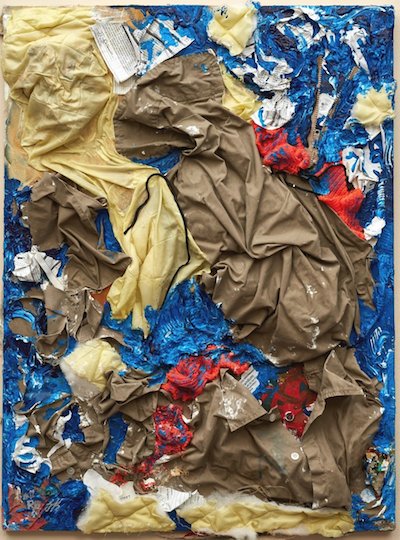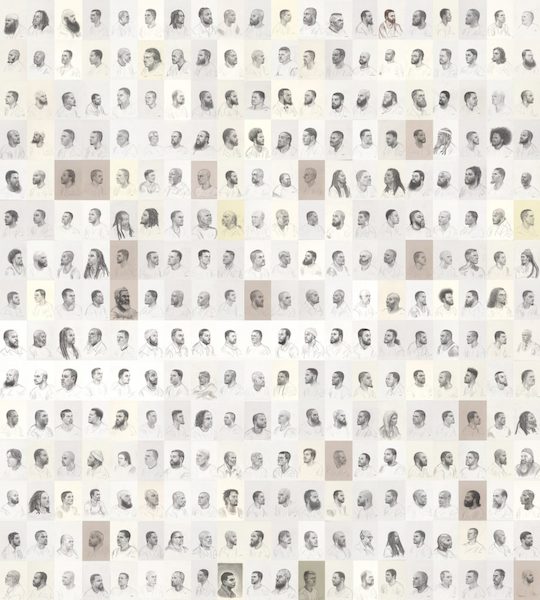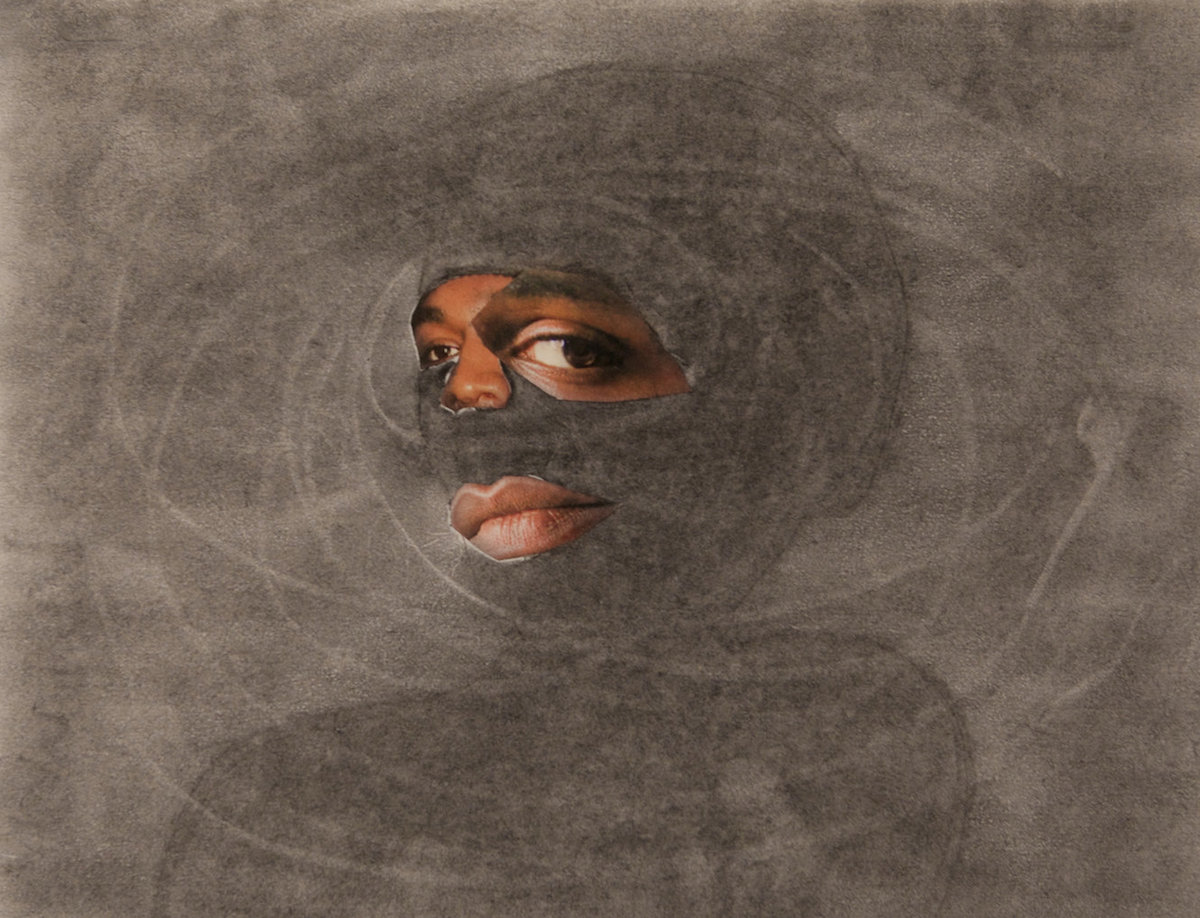Founded in 1971 as a non-profit center for contemporary art, New York City’s MoMA PS1 is the Museum of Modern Art’s exhibit space for experimental art and community engagement. Through April 4th MoMA PS1 is hosting the exhibition, Marking Time: Art in the Age of Mass Incarceration featuring works created by artists currently or formerly incarcerated, and by artists impacted in some way by mass incarceration. Because of the pandemic, timed tickets are required to attend the exhibit in person. However, the art is also available for viewing online along with wall text through the free Bloomberg Connects App and artist interviews recorded in a podcast available online.

Curated by Dr. Nicole R. Fleetwood, Professor of American Studies and Art History at Rutgers University, who has also authored a book on the exhibit, the installation intentionally withholds the crimes for which the participating artists have been incarcerated. For Dr. Fleetwood, it is the problems of the prison system that she wants viewers to grapple with rather than the individuals who inhabit it. It is her belief that focusing on the artists, judging them guilty or not guilty, reduces imprisonment to entirely the result of individual decision making, when, in reality, prisons are a punitive way of “governing around structural inequality and systemic abuse.”
It is the collective responses of the artists to this problematic system that Dr. Fleetwood chooses to highlight. How do the incarcerated artists make time and space to create, and given their limited access to art supplies, what do they use as substitutions? The conditions of their confinement have compelled those incarcerated to utilize materials like hair gel, bed sheets, and magazines, along with discarded popsicle sticks and pins to create their work.
And, while the focus is on the system rather than the individual, one can’t completely ignore the latter. The very act of creating art and sharing art, especially that which embodies a personal experience and communicates a point of view, reminds us that these are works of art created by real people who have families, and dreams, and who have something to say to us that we need to hear and heed. It is interesting to note as well that much of the art in Marking Time incorporates portraiture in some way. Pyrrhic Defeat: A Visual Study of Mass Incarceration (2014–present) by Mark Loughney is comprised of 600 individual graphite portraits of the artist’s fellow inmates, and even in this massive compilation which covers four walls of MoMA PS1, the humanity and individuality of each of the sitters stands out.

One of the break out pieces of the exhibit is our featured image, a small self portrait by Tameca Cole entitled Locked in A Dark Calm (2016) which she created after a setback near the end of her sentence. For Dr. Fleetwood this collage speaks to “wanting to be recognized as a person of value and not just someone being punished by the state as a bad person.” Cole has sense finished her sentence and is adjusting to life outside of prison. She continues her art and is pleased that it has resonated with and inspired so many people. Connection with loved ones who are physically or emotionally far away is a key component of the art done in prison. Hopefully seeing this art in Marking Time: Art in the Age of Mass Incarceration will create a connection with viewers as well and motivate more people to work to end mass incarceration and the systemic inequality behind it.
The MoMA PS1 website with information about the exhibit and a link to the Bloomberg Connects App, podcasts, and images of some of the art.
The Marking Time website with detailed information about the artists, their work, and the accompanying book by Dr. Nicole R. Fleetwood.
National Public Radio’s website with three minute segment about the exhibit along with some of the artwork including close up images of Pyrrhic Defeat.
For more information on mass incarceration and recommended reading on the subject, check out attorney Holly Bryant’s review of Bryan Stevenson’s Just Mercy.
Trailers, synopses, and discussion guides for Movies to End Mass Incarceration, can be found here.
To help formerly incarcerated men begin again, check out the amazing work being done by The Doe Fund here.


































